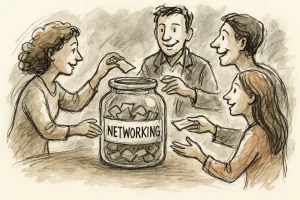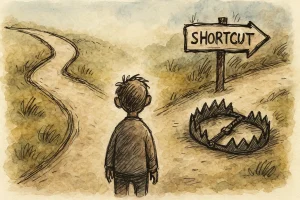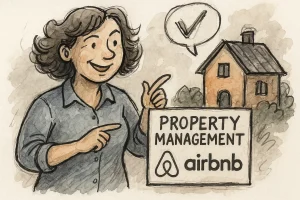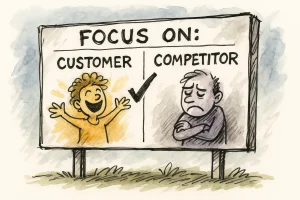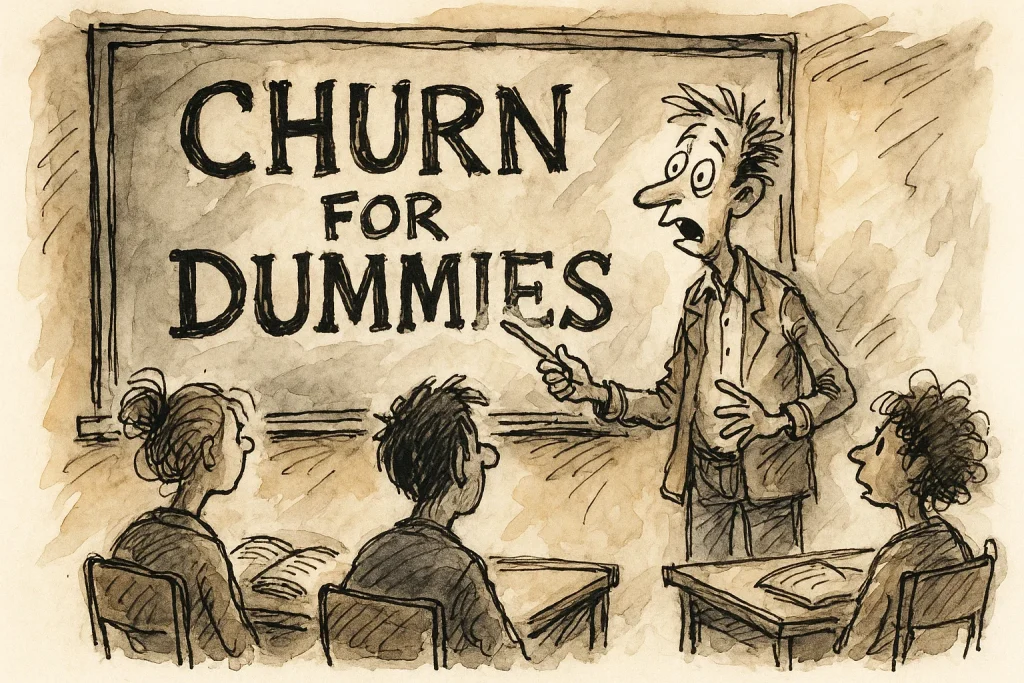
The word churn often appears in the reports of large tech companies, but it also affects the local restaurant, the gym down the street and the startup making 100,000 a month. Churn is simply the rate of customers who stop buying or cancel a service within a given period. If you own a small or medium-sized business (SMB), understanding this number can make the difference between stable growth and always having cash flow in the red.
Why does churn hurt so much in SMBs?
- Smaller margin for error: In SMBs, there’s no infinite marketing budget. Losing five regular customers could represent the entire month’s profit.
- Reverse word of mouth: An unsatisfied customer tells their friends and social networks. Your local reach amplifies the negative impact.
- High acquisition costs: In limited markets, each new customer requires the owner’s time, local ads and “tastings.” If they leave early, the investment vanishes.
Measuring churn in three steps (without advanced excel):
- Choose the period: Monthly is usually enough.
- Count active customers at the beginning: subscribers, students, contracts.
- Count how many canceled or didn’t return.
Example: You had 120 members at your gym on August 1st, and 8 canceled by August 31st.
Churn = 8 ÷ 120 × 100 = 6.7%.
Quick diagnosis: Why are they leaving?
- Weak onboarding: Customer doesn’t see value in the first 30 days.
- Inconsistent experience: Schedule, stock, or service failures.
- Changing needs: No mid-tier internet plan; jumps to a cheaper competitor.
- Lack of relationship: Customer disappears and no one notices.
Do a short cancellation survey: “What made you leave?” The answers will reveal urgent improvement patterns.
Low-Cost Churn Reduction Tactics for SMBs
| Problem | Low-Cost Action |
|---|---|
| Confusing onboarding | 3-minute explainer video + a phone check-in after 7 days |
| Lack of follow-up | Shareable bi-weekly follow-up spreadsheet |
| Stagnant value perception | Monthly update: workshop, VIP promotion, free content |
| Price adjustment | Offer downgrade or pause, instead of cancellation |
| Repeated complaints | Create a direct feedback channel (WhatsApp Business) |
Realistic goal: How much churn is acceptable?
- Local services (salons, gyms): Up to 5% per month is a yellow flag; above 8% requires immediate action.
- Small B2B SaaS: Aim for less than 3% per month.
- Physical subscription clubs: 6-7% may be normal but work to reduce it by 1 percentage point each quarter.
Conclusion
For SMBs, churn is the “silent leak” in the bucket. It’s no use filling it with campaigns if the water is leaking from the bottom. Start by measuring, uncover the why behind the exits, and implement weekly micro-actions. Each retained customer generates recurring revenue, social proof and free referrals. And remember: in small businesses, customer loyalty isn’t won with big budgets, but with consistent attention and value delivered every day.
That’s it.
